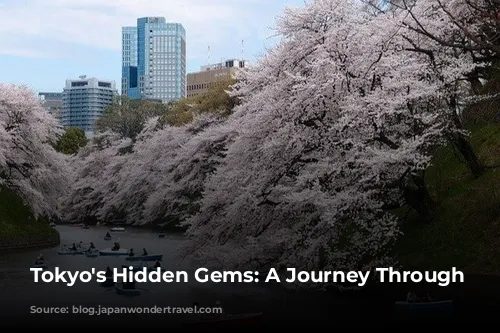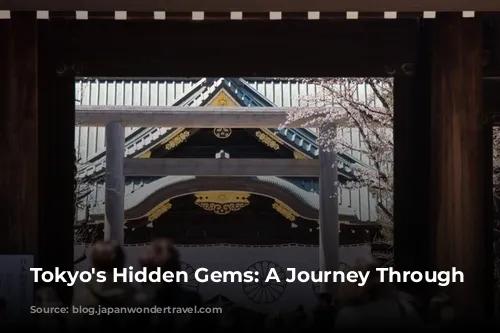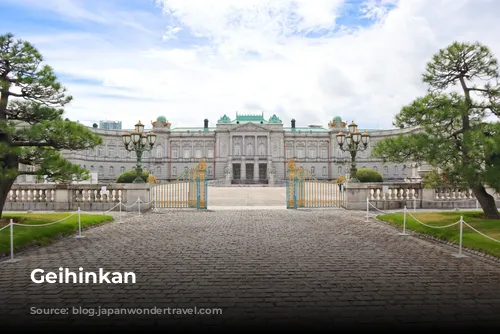Tokyo, a vibrant city known for its towering skyscrapers and cutting-edge technology, also harbors a rich and fascinating history. Beyond the modern marvels, lies a collection of historical sites waiting to be explored, offering a glimpse into the city’s past and the cultural tapestry that shaped it.
In this article, we delve into 10 must-see historical landmarks in Tokyo, each a testament to the city’s evolution and heritage.
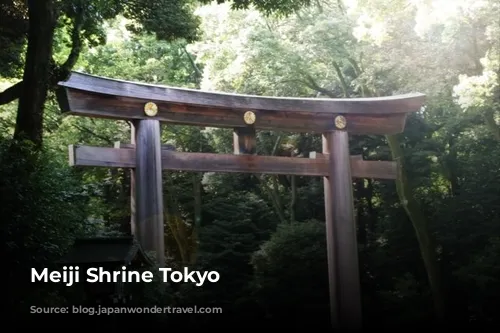
A Royal Residence: Tokyo Imperial Palace
The Tokyo Imperial Palace, the current residence of the Japanese Emperor and his family, stands on the grounds of the former Edo Castle. This historic site was once the stronghold of the Tokugawa shogunate, which ruled Japan during the Edo era. While the main palace is not open to the public, visitors can explore the Kokyo Gaien National Garden, a sprawling park offering a serene escape from the bustling city.
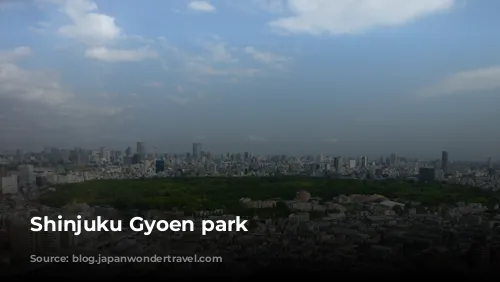
Ancient Serenity: Sensoji Temple
Sensoji Temple, located in the Asakusa district, holds the distinction of being Tokyo’s oldest temple, dating back to 628. Originally part of the Tendai sect of Buddhism, the temple now stands as an independent entity. Known for its grand red lantern hanging at the main gate, Sensoji Temple is a popular destination for New Year’s Day wishes and school trips. The temple’s vibrant atmosphere is enhanced by the bustling street leading to the main hall, lined with charming stalls selling traditional Japanese crafts and delicacies.
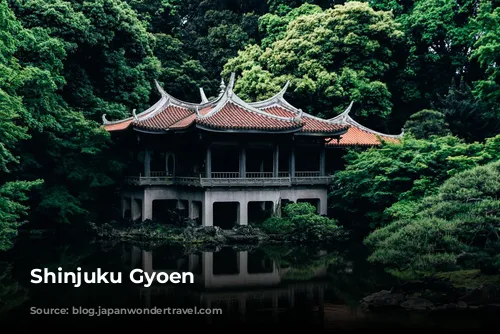
Unveiling Edo’s Legacy: Edo Tokyo Museum
The Edo Tokyo Museum, a testament to Tokyo’s evolution, showcases the city’s history and culture from the Edo era to modern times. Spanning 7 floors and a basement, the museum houses a vast collection of exhibits that offer a glimpse into the daily lives of Edo-era residents. One of the highlights is a half-size model of the Nihon-bashi Bridge, a once-iconic wooden bridge connecting Edo with other parts of Japan.
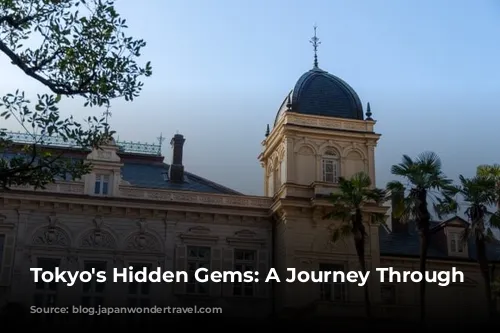
A Garden of Tranquility: Shinjuku Gyoen National Garden
Shinjuku Gyoen National Garden, a tranquil oasis in the heart of the city, was once a private residence of samurai during the Edo period. Now a public park, it showcases a unique blend of Japanese, English, and French garden styles. During springtime, the garden transforms into a vibrant spectacle with thousands of cherry blossoms in bloom, attracting visitors from far and wide.
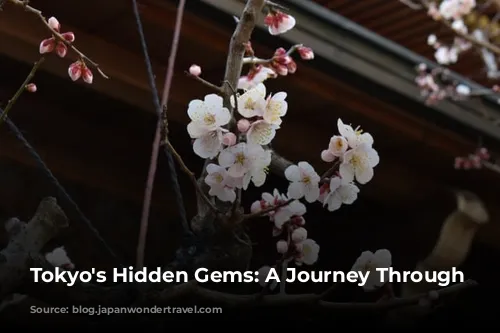
A Shrine of Learning: Yushima Tenmangu Shrine
Yushima Tenmangu Shrine, dedicated to Sugawara no Michizane, revered as the god of learning, holds a special place in the hearts of students. During exam season, students flock to the shrine to pray for success in their studies. This shrine also boasts stunning plum blossoms, a sight that captivates visitors with its delicate beauty.
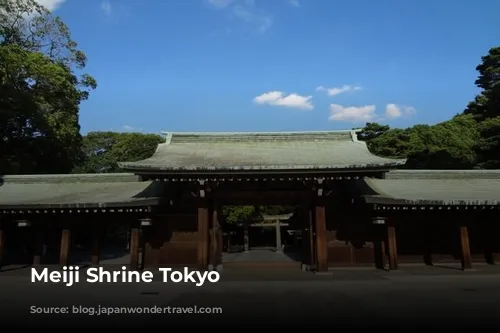
Imperial Reverence: Meiji Shrine
Meiji Shrine, a serene oasis dedicated to Emperor Meiji and his consort, offers a respite from the bustling city life. This peaceful sanctuary, often visited on New Year’s Day, is surrounded by a lush forest, creating a tranquil ambiance.
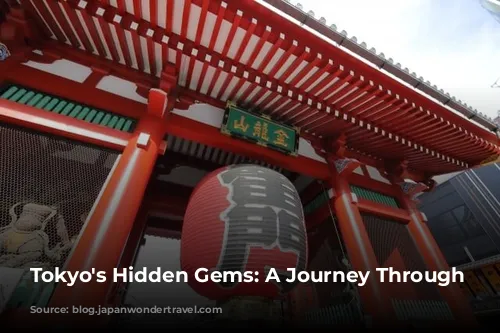
A Legacy of Success: Kyu-Iwasaki-Tei Garden
Kyu-Iwasaki-Tei Garden, once the private residence of the Iwasaki family, founders of the Mitsubishi group, is a testament to their success and the fusion of Japanese and Western architectural styles. The garden features a blend of traditional Japanese aesthetics and Western influences, with its Western-style buildings designed by British architect Josiah Conder.
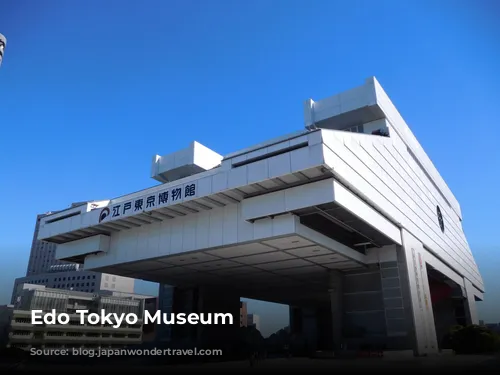
Remembering the Past: Yasukuni Shrine
Yasukuni Shrine, dedicated to honoring the spirits of those who died in wars fought during and after the Meiji era, serves as a poignant reminder of the sacrifices made for peace. Established by Emperor Meiji, the shrine’s name, Yasukuni translates to “peaceful country,” underscoring the importance of preserving peace and remembering the sacrifices of those who fought for it.
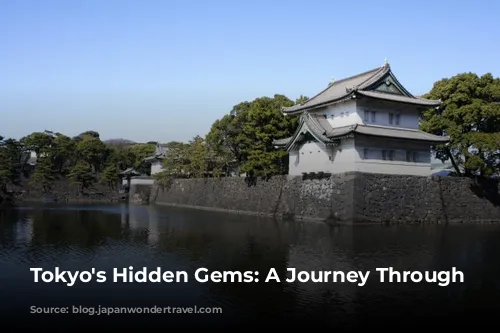
A Palace of Diplomacy: Akasaka Palace (Geihinkan)
Akasaka Palace, also known as Geihinkan, is the official state guesthouse, welcoming dignitaries from around the world. Originally a crown prince’s residence, the palace has evolved into a symbol of diplomacy and international relations. Its neo-baroque architectural style, resembling the Buckingham Palace, adds to its grandeur and historic significance.
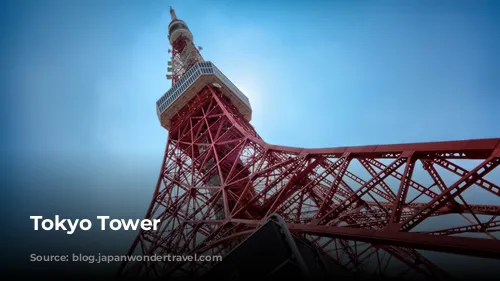
Iconic Landmark: Tokyo Tower
Tokyo Tower, while not as ancient as some of the other sites, holds a special place in the city’s history and is a beloved landmark since its construction in 1957. Standing as the second tallest structure in Japan, the tower offers stunning views of the city from its observation decks. For those seeking a shopping experience, the Foot Town complex located on the lower floors provides a variety of shops and restaurants.
Tokyo, a city that blends the modern with the historical, offers a unique experience for every visitor. By exploring these historical landmarks, you can unlock a deeper understanding of the city’s rich past and the enduring cultural legacy of Japan.
Don’t forget to check out our other articles for more travel inspiration and tips!

